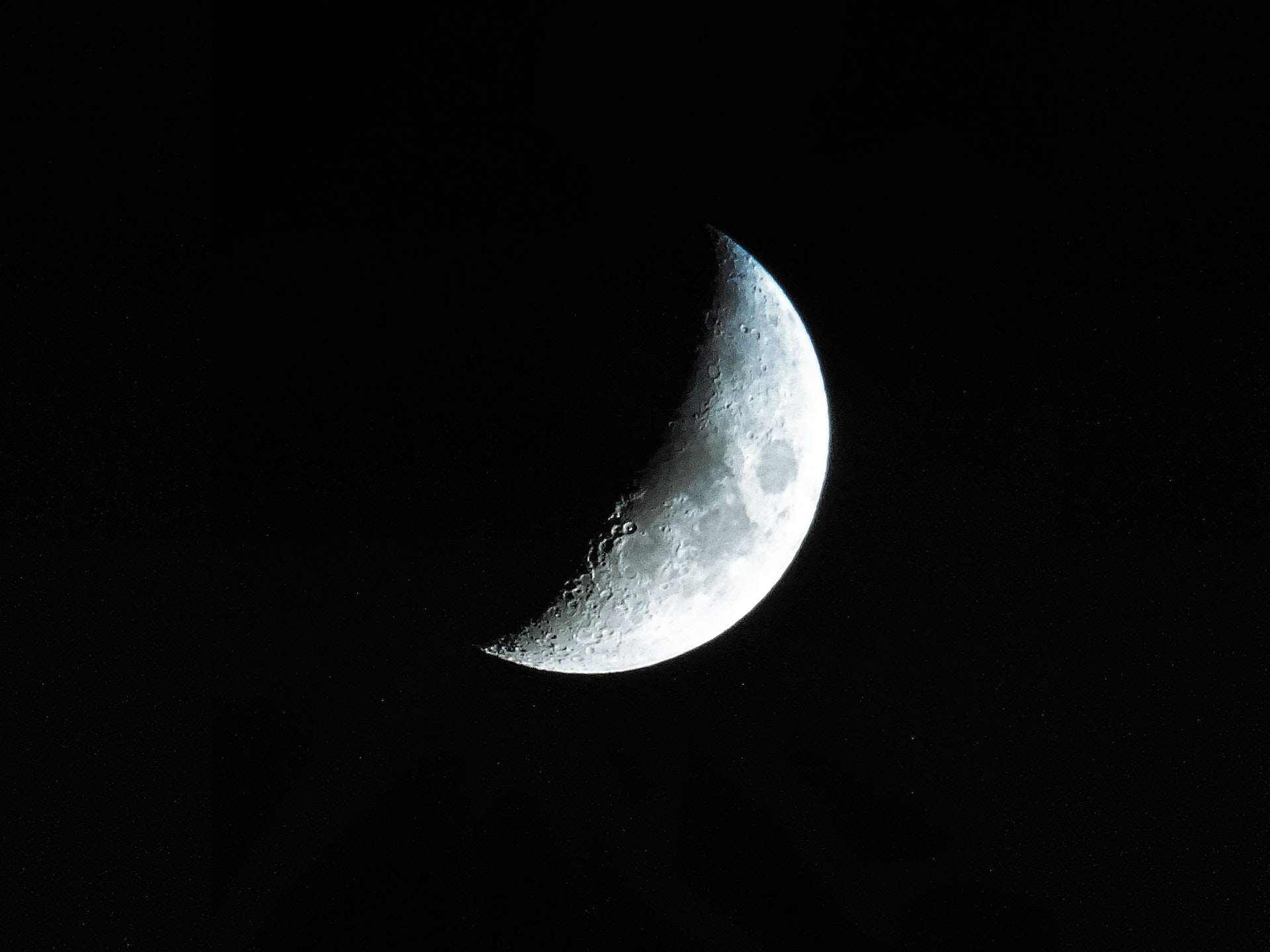One of the unknowns was the question of the reasons behind the events that eventually led to the disappearance of 95% of the species that lived in the seas and oceans at that time. Life on Earth fared only slightly better because, to a lesser extent, it also perished.
Read also: Plants are highly advanced beings. However, magic happens where our eyes can’t see
In their search for answers to the origins of the Permian extinction, researchers have turned their attention to pollen grains preserved in rocks. As it turned out through the analyzes, these samples contained phenolic compounds that act as sunscreens. How are they created? Thanks to plants that try to protect themselves in this way from harmful UV-B rays.
But let’s try to go back 250 million years. It is not clear why the Permian extinction occurred in the first place. There are many hypotheses, and they all lead to the conclusion that, after all, there was rapid and strong global warming. At the same time, the ozone layer was damaged. How bad bad luck is, one would like to say.
Ozone protects against ultraviolet radiation. It completely absorbs UV-C, partially UV-B and UV-A rays but to a very small extent. On the one hand, there is no need to write about the consequences of rising temperatures: just look out the window and imagine that the current changes are still relatively minor. During the Permian extinction, the situation was much more difficult.
The Permian extinction occurred about 250 million years ago
Scientists write about the details in Science advances. As they explain, plants need sunlight for photosynthesis. At the same time, they must protect themselves from the harmful effects of UV-B rays, which is why they produce compounds that act as sunscreens. In this way, sensitive cells are protected and reproduction becomes possible. Upon discovering these compounds, called phenolic compounds, in the fossils, the researchers drew attention to significantly increased concentrations in samples from 250 million years ago.
Increased exposure to UV-B reduces plant biomass and makes it more difficult to store carbon in the ground. The situation at the time may have been a bit of a vicious cycle, with plant problems and carbon sequestration limitations fueling global warming. In addition, plant tissues become less digestible due to the increased concentration of phenolic chemicals, making it difficult for herbivores.

Echo Richards embodies a personality that is a delightful contradiction: a humble musicaholic who never brags about her expansive knowledge of both classic and contemporary tunes. Infuriatingly modest, one would never know from a mere conversation how deeply entrenched she is in the world of music. This passion seamlessly translates into her problem-solving skills, with Echo often drawing inspiration from melodies and rhythms. A voracious reader, she dives deep into literature, using stories to influence her own hardcore writing. Her spirited advocacy for alcohol isn’t about mere indulgence, but about celebrating life’s poignant moments.










